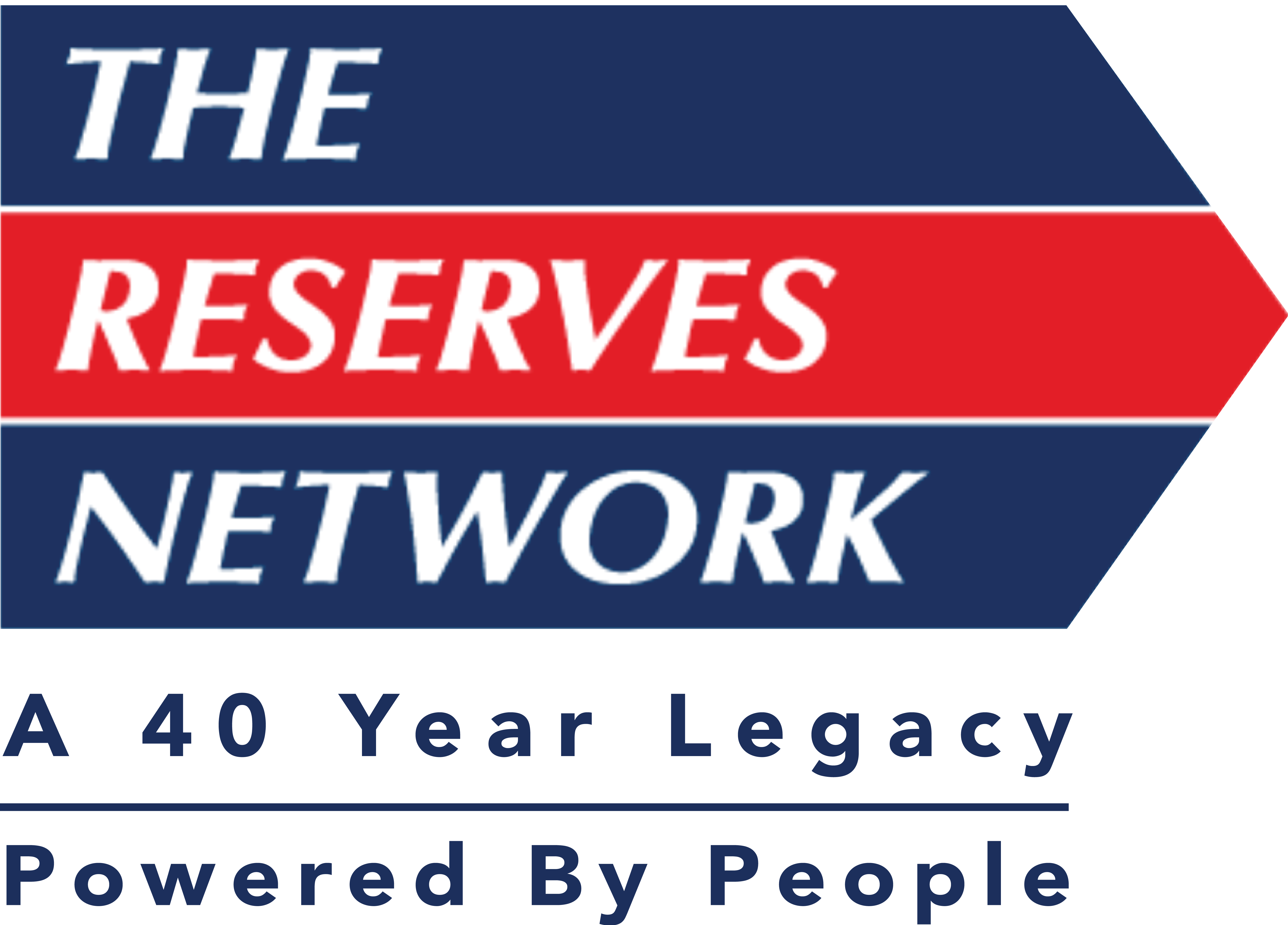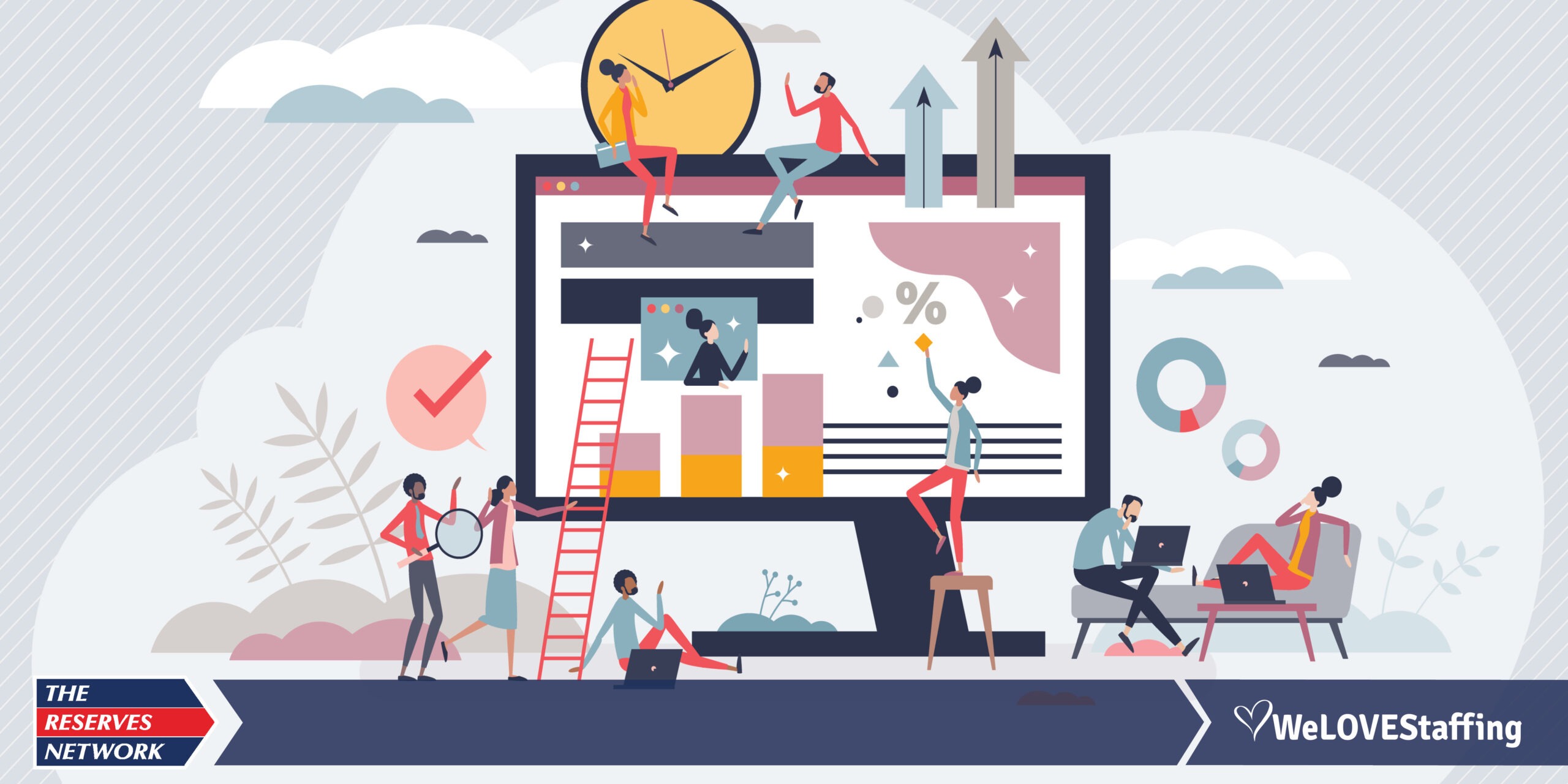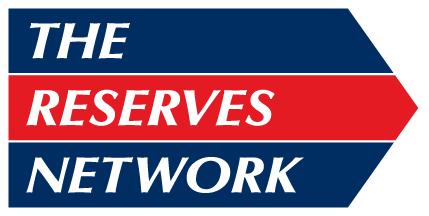Workforce Forecasting Strategies: How to Future-Proof Hiring
Securing the right talent for your organization is more than satisfying the current need; it’s about staying ahead of the curve. Workforce forecasting strategies can provide valuable insights to help organizations build a skilled, dynamic workforce that’s aligned for future success.
There are several practical steps leaders can take to anticipant talent needs, mitigate potential skills gaps, streamline the hiring process, and promote diversity within their workforce.
Strategies for Effective Workforce Forecasting
Precisely Anticipate Future Talent Needs
To get started forecasting hiring needs, organizations can begin examining historical data, industry trends, and upcoming projects and strategic plans. Engage in conversations with department heads and project managers to understand the organization’s growth trajectory. Identify the skills crucial for future success, then create a comprehensive talent forecast aligned with these long-term goals.
Address Potential Skills Shortages
Once future needs are clarified, organizations can get out ahead of any potential skills gaps by creating programs to upskill existing employees or source external pipeline talent. Proactively look into opportunities to diversify your talent pool and fill gaps in critical skill areas, then conduct a skills gap analysis to identify areas of improvement.
Streamline Recruitment Processes for Efficiency
After future talent needs and skills shortages are address, it’s time to turn your attention to recruitment. Streamlining recruitment processes and aligning them with long-term business goals helps strengthen an organization’s workforce to meet current and future needs. Consider implementing an applicant tracking system to organize candidate pipelines and develop that talent pipeline through consistent sourcing. It’s also important to regularly review and update recruitment processes to ensure they align with forecasted needs.
Promote Diversity and Inclusion through Proactive Planning
Forecasting talent needs with an emphasis on diversity and implementing inclusive hiring practices can help create an environment where all employees can thrive. This focus on diversity promotes access, equity, and belonging within your organization. Set diversity metrics, actively seek out diverse talent pools, and foster a culture of inclusion through unbiased hiring practices.
Key Metrics for Effective Forecasting
- Time-Fill Projections: Forecast the average time it will take to fill specific roles based on historical data and industry benchmarks. Analyze past time-to-fill data, use industry benchmarks to set realistic projections, and implement strategies to reduce time-to-fill based on forecasted needs.
- Skills Gap Analysis: Conduct a thorough analysis of the skills your workforce possesses versus the skills your organization will need in the future. Identify any gaps and develop strategies to address them. Collaborate with department heads to identify critical skills, implement training programs to address identified gaps, and regularly reassess skills requirements based on changing business needs.
- Diversity Metrics: Incorporate diversity metrics into your forecasting process to ensure that your talent strategy is aligned with your diversity and inclusion goals. Set diversity targets based on your organization’s goals, regularly monitor and report on diversity metrics, and implement targeted strategies to attract diverse talent based on forecasting insights.
- Employee Retention Prediction: Anticipate potential turnover by analyzing historical retention rates and identifying factors that contribute to employee satisfaction and engagement. Conduct regular employee satisfaction surveys, analyze historical retention data to identify trends, and implement retention strategies proactively based on forecasted turnover.
Tips for Success: Mastering the How-To of Forecasting
Effective workforce forecasting relies on leveraging data, collaboration, adaptability, and openness to optimize hiring strategies. The following tips can help your organization implement forecasting in order to successfully acquire and retain the talent that d
Embrace Data-Driven Decision Making
Informed forecasting relies on data, to it is crucial to leverage analytics to inform your forecasting process. Utilize historical hiring data, market trends, and industry insights to create a comprehensive picture of your future talent needs. Invest in data analytics tools and train your team on data interpretation.
Remain Flexible in Your Approach
While forecasting provides a roadmap, it’s essential to remain flexible. Regularly update and revisit your forecasts to reflect any shifts in the market, industry, organizational goals, and data feedback. Schedule regular reviews of your forecasting model, incorporating feedback from department heads and team members. Be prepared to adapt your forecast based on emerging trends and changes in the business environment.
Encourage Collaboration Across Departments
Successful and informed forecasting also relies on full collaboration company-wide. Collaborate with department heads and project managers to gain a holistic understanding of upcoming initiatives and talent requirements. Schedule regular cross-departmental meetings, establish clear communication channels, and create a culture of collaboration emphasizing the importance of forecasting to all team members.
Cultivate a Culture of Continuous Learning
Encourage continuous learning within your team: stay informed about industry trends, emerging technologies, and evolving skill requirements to ensure that your forecasts remain relevant. Provide opportunities for professional development to help teams learn or grow their skills. Encourage team members to attend industry conferences and workshops, and foster a mindset of adaptability and openness to change.
As you embark on this journey of forecasting in hiring, remember that you are not just predicting the future – you’re actively shaping it. By anticipating talent needs, mitigating skills shortages, streamlining recruitment processes, and fostering diversity and inclusion, you’re setting the stage for a workforce that not only meets current demands, but is well-prepared for the challenges and opportunities that lie ahead.


